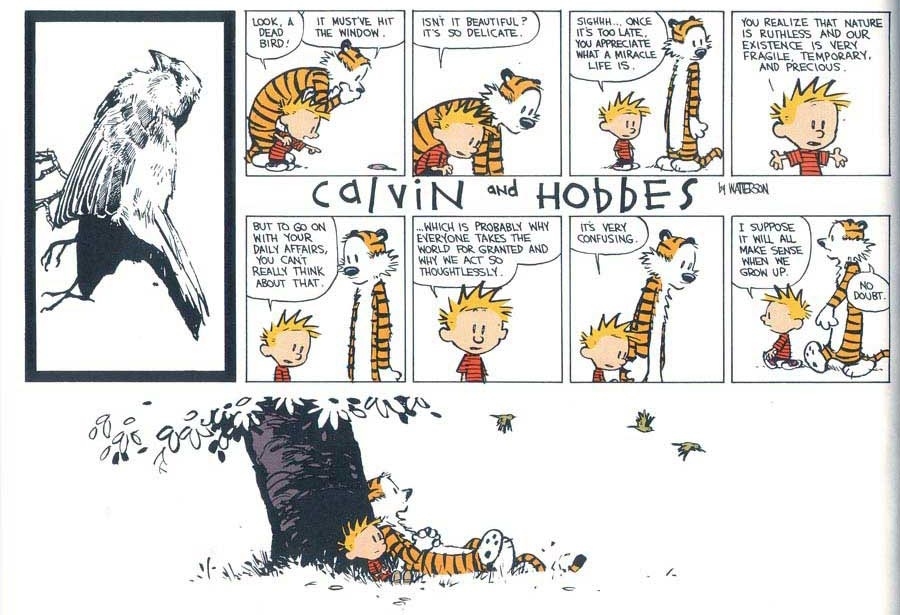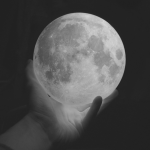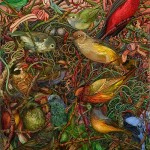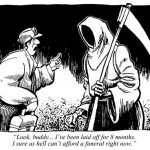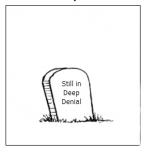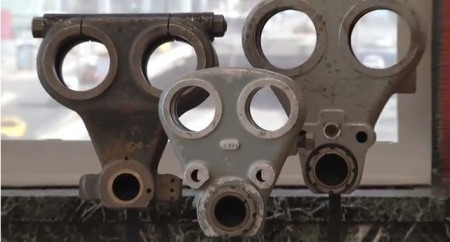I love using acupuncture to treat animals with cancer but it involves finding an acupuncturist in your area and some areas simply do not have acupuncturists for animals. It can also be expensive and while most of my clients believe it is worth every penny, it is not always an option for people on a fixed income.
So a great option if you can’t find an acupuncturist is to find an acupressure practitioner or to do some acupressure on your own animal.
 Here is a good guild to finding an acupressure practitioner Tallgrass acupressure practitioner search.
Here is a good guild to finding an acupressure practitioner Tallgrass acupressure practitioner search.
There are many, many ways to work with cancer through acupuncture/acupressure points. There is no one right way. Below is how I normally work with cancer. You may have found another way in another book. Do what feels right to you or use a combination of different styles.
Points can be massaged in small circles or sometimes holding light pressure on a point will work better in some animals. If you massage use clockwise circles.
I was taught visualizations to go along with the points. I find that they can help but if they don’t feel right to you just use the pressure or massage.
The system of acupuncture I use is based on traditional Chinese veterinary acupuncture and uses mostly shu or association points that run in the bladder meridians along the spine. There are two bladder meridians, in the dips just lateral to the spinal column that run along side it.
The following points lie just to the side of the spine in the bladder meridian. I have included meridian point names where there is crossover. I always start my treatments with Tian Men.
- Fei Shu or Lung Association Points (BL13) – find the scapulas on your dog or cat. Between the scapula and the spine is a little depression on both the right and the left side. Fei shu lies in this depression towards the cranial (closer to the head) part of the scapula. Massage both fei shu points as you think about a soft white mist – like a slightly foggy day in the forest, slightly cool. Think of healthy lungs, moving air in and out with nice deep breaths.
- Gan Shu or Liver Association points – If you go to the last rib and count four ribs towards the head and then trace that forth rib up to the bladder meridian you will find these points. Often there is a slight change in hair color at this point along the spine. Massage these points as you think of a cool mountain stream that is brilliant green in color. There are no obstructions in this stream. Think of your animal moving and stretching and there blood flowing through the body smoothly.
- Pi Shu or Spleen Association Points (BL20) Count in to the second rib from last rib and trace that rib up to the bladder meridian. As you massage these points think of a hot, dry yellow clay desert with the sun shining down from above. Think of your animal eating well and there digestion moving in the body.
- Shen Shu or kidney association points (BL23) Go to the most caudal (closest to the tail) aspect of the last rib. From there make a line perpendicular to the spine and follow that up to the bladder meridian. Kidneys in Chinese medicine have no parts, a yin and a yang component. We will focus more on the yin component with these points but visualize both. Massage these points and picture a deep black sea, out of the seas raises a bright blue fire serpent, shining against the black water. Picture you animal lying happily, content after a long day. They are strong and healthy.
The following points are not on the bladder meridian
- Tian Men is on the midline of the body right behind the boney bump on top of the head, level with the back of the ears in most dogs. Tian Men helps to open up the channels down the spine and open up obstructions in the body, it also helps to calm and relax most animals. I always start with this point as I feel like it helps the other points to work better and relaxes the cat or dog I am working with. As you massage this point think of the love you want to share with your animal.
- Bai Hui is along the spine at the junction between the lumbar spine and the sacrum. When your animal is standing find the front of the hips and follow them straight up to the spine. There is a small depression where bai hui is. Bai hui works with Tian Men to complete the opening down the spine and to remove obstructions. Massage this point and think of the sun shining down on this point and energy following into your animal and helping to make them healthy. Note: Human acupuncture practitioners – bai hui is in a very different spot in animals than in humans where it is located on top of the head)
- Hou San Li (ST36)
- This point is in the fleshy area to the side of the leg bone about a 1/3 of the way between the knee and the hock, closer to the knee. It can be massaged on either side or on both sides. I recommend doing just one side at a time. As you massage this point think of your animal eating well, picture their immune system, little white blood cells fighting the cancer cells.
Why these points? My main goals in animals with cancer is to stimulate qi to increase the immune response in the body against cancer and to move stagnation which is often the cause of cancer. Secondary goals are to alleviate pain, promote digestion, help with detoxification in the body and stimulate appetite.
The three organs that stimulate qi production are lung, spleen and kidney. I work with the association points for these organs along the bladder meridians through the points fei shu, pi shu and shen shu.
In addition I always work with liver because it helps to move stagnation in the blood and body and helps with pain. I use the association points gan shu for this.
I often use a point called hou san li or ST36. This point helps to stimulate the immune system, promotes digestion and appetite and is a longevity point.
Bai hui and Tian Men helps to open up the meridian system and remove obstructions. Bai Hui stimulates the yang vitual energy of the body. It is also a very strong intension point. My acupuncture teacher always said that if you could just use one point you could use bai hui and send you healing intension anywhere in the body.
In addition to these points I will sometimes use other points but these are the core points that I feel like really help animals to fight off cancer and have better quality of life. If you are working with an acupuncture or acupressure practitioner ask them to show you the points they use on your animal.
There are many very good books on acupressure for cats and dogs. Here are a few of my favorites.
Acu-Dog a Guide to Canine Acupressure
Acu-Cat: A Guide to Feline Acupressure
Four Paws, Five Directions: A Guide to Chinese Medicine for Cats and Dogs
In addition there are acupressure programs. Tallgrass Animal Acupressure Institute offers classes that can be taken online and DVDs and books.
Complete Article HERE!
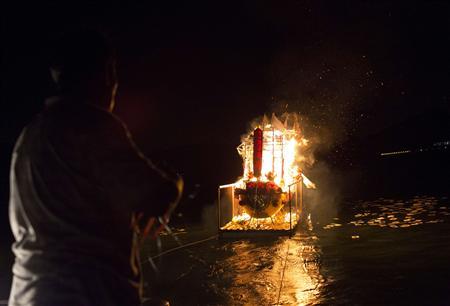 The Hungry Ghosts festival that has prompted Ha’s exquisite labors centers on a superstition that the spirits of the dead return to Earth during the seventh month of the Chinese Lunar calendar, which runs from August 7 to September 4 this year.
The Hungry Ghosts festival that has prompted Ha’s exquisite labors centers on a superstition that the spirits of the dead return to Earth during the seventh month of the Chinese Lunar calendar, which runs from August 7 to September 4 this year.


